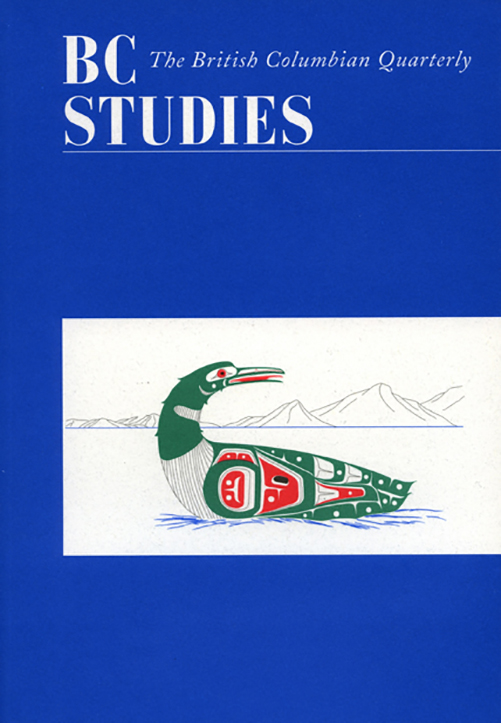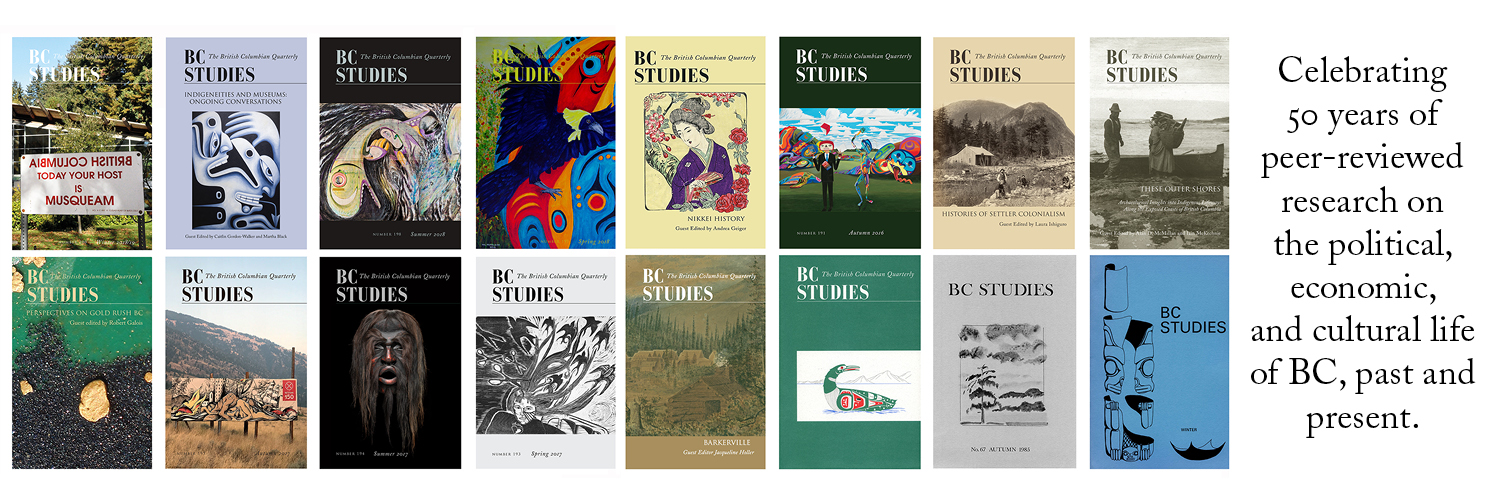Ending Pollution at the Britannia Copper Mine
DOI:
https://doi.org/10.14288/bcs.v0i188.184906Keywords:
Britannia Mine, mining, pollution law, contaminated sites, pollution control, governmentAbstract
The abandoned Britannia copper mine near Vancouver, British Columbia was until 2005, Canada’s largest point source of metal pollution. Water draining from the mine’s workings carried so much copper and zinc that the Howe Sound shoreline was sterilized for decades after the American-owned mine stopped production in 1974. New provincial legislation patterned on American law granted powers to find both present and past mine owners “absolutely, retroactively and jointly and separately liable” for cleanup costs. Applying these powers at Britannia relied on compiling a history of the mine’s management and ownership history, to identify past owners and negotiate a cash settlement. The restored Britannia site now hosts the Britannia Mining Museum, and the shoreline and receiving waters have recovered their productivity. From 1994 until 2002, the author was part of a joint effort by the federal and provincial governments to end the pollution.
Canada’s provinces have responsibility for their natural resources while federal laws prohibit the release of pollutants into fish habitat. Federal prosecution of Britannia’s owners was ruled out given how long the pollution had been occurring and the mine owner’s insolvency. The province took regulatory action using powers it received in 1997. The Contaminated Sites Regulation applied the well known “polluter pays” policy to contamination resulting from mining practices that were previously permitted. This raised obvious questions of fairness. Subsequent Canadian court decisions have upheld a legislature’s right to assign retrospective liability.
The province and all past mine owners reached an agreement in April 2001. The province discharged the former owners’ liability for two cash payments totalling CDN $30 million. A later agreement with the property owner returned most of the mine lands to Crown ownership. The total cleanup cost including the net present value of perpetual water treatment probably exceeds $75 M. Although the BC Cabinet decision to accept the lesser amount remains questionable, the Britannia example illustrates the critical importance of documenting ownership and management history to assign responsibility for cleanup of contaminated land.
[1to apply environmental geoscience in the mining sector.



